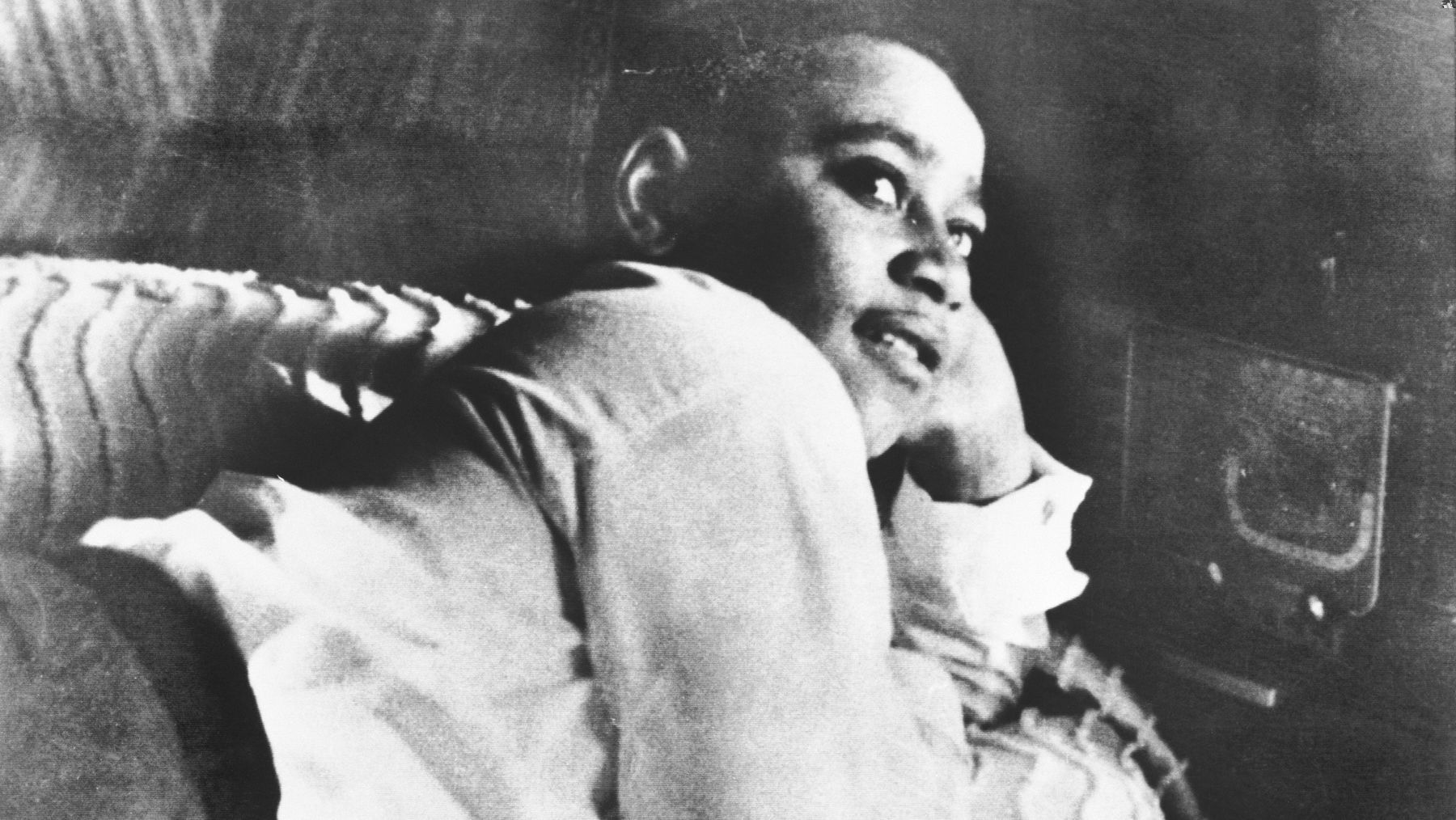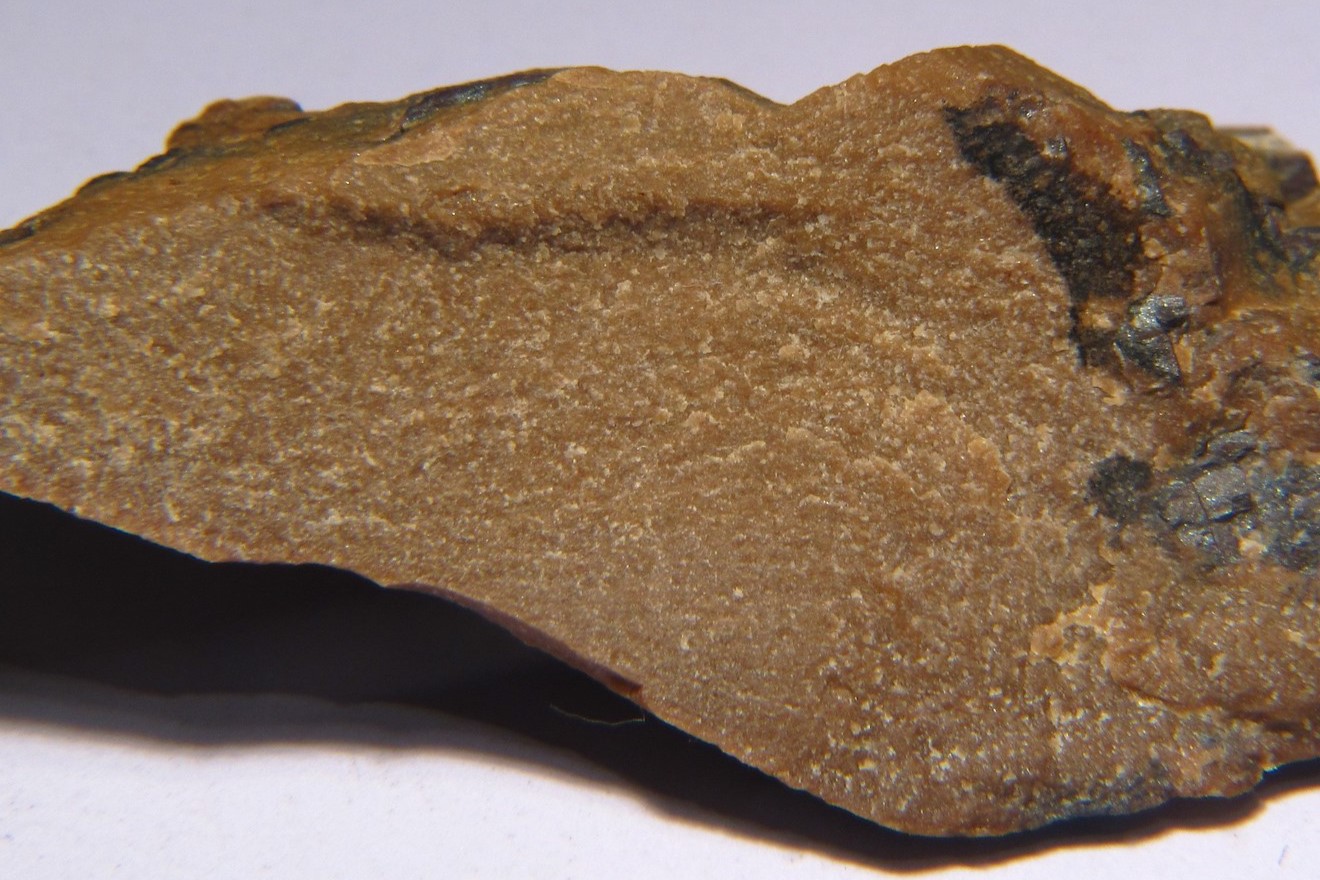
John Wayne Gacy, infamous for his gruesome crimes, also left behind a chilling legacy through his artwork. Known as the "Killer Clown," Gacy's paintings have fascinated and horrified people in equal measure. Why did Gacy paint? He claimed it was a way to pass time and express himself while on death row. His works often featured clowns, skulls, and other eerie subjects, reflecting his dark psyche. Some see these paintings as morbid curiosities, while others view them as disturbing reminders of his heinous acts. Should these artworks be displayed or destroyed? This question sparks intense debate among art collectors, victims' families, and the general public.
Key Takeaways:
- John Wayne Gacy, the Killer Clown, created over 2,000 paintings in prison, including eerie clown portraits. Despite controversy, his art continues to captivate and spark ethical debates.
- Gacy's paintings, influenced by pop culture and his dark past, remain in demand and raise ethical dilemmas. They reflect his dual nature and continue to fascinate the public.
John Wayne Gacy: The Killer Clown
John Wayne Gacy, also known as the Killer Clown, was an infamous serial killer. His paintings have intrigued many due to his dark history. Here are some fascinating facts about his artwork.
-
Gacy's Art Career Began in Prison
Gacy started painting while serving time in prison. He used art as a way to pass time and express himself. -
Clown Paintings Were His Signature
Known for his alter ego "Pogo the Clown," Gacy often painted clowns. These eerie artworks became his signature pieces. -
Over 2,000 Paintings Created
During his time in prison, Gacy produced over 2,000 paintings. This prolific output included a variety of subjects. -
Themes Beyond Clowns
While clowns were a common theme, Gacy also painted landscapes, skulls, and even Disney characters. -
Sold for Thousands of Dollars
Despite his criminal background, Gacy's paintings have sold for thousands of dollars. Collectors are drawn to the macabre connection. -
Controversial Sales
The sale of Gacy's paintings has sparked controversy. Some believe profiting from a killer's art is unethical. -
Paintings Destroyed by Victims' Families
Some families of Gacy's victims have bought his paintings only to destroy them. This act serves as a form of closure. -
Exhibited in Art Shows
Gacy's artwork has been displayed in various art shows. These exhibitions often draw large crowds due to the morbid curiosity surrounding his life. -
Influence of Other Artists
Gacy was influenced by other artists, including Salvador Dalí. His work sometimes reflects surrealist elements. -
Self-Portraits
Gacy created several self-portraits, often depicting himself as Pogo the Clown. These pieces are particularly haunting.
The Dark Appeal of Gacy's Art
The allure of Gacy's paintings lies in their dark origins. People are fascinated by the contrast between the colorful art and the sinister man behind it.
-
Painted in Solitude
Gacy painted in the solitude of his prison cell. This isolation influenced the mood and themes of his work. -
Used Cheap Materials
Due to limited resources, Gacy used inexpensive materials. This included basic canvas and low-quality paint. -
Art as Therapy
For Gacy, painting was a form of therapy. It allowed him to escape the harsh reality of his imprisonment. -
Signed with His Prison Number
Gacy often signed his paintings with his prison number, 09924. This added a chilling authenticity to his work. -
Collaborations with Other Inmates
Gacy sometimes collaborated with other inmates on his paintings. These joint efforts produced unique pieces. -
Paintings as Gifts
Gacy gave some of his paintings as gifts to friends and family. These personal connections added another layer of intrigue. -
Auctioned for Charity
Some of Gacy's paintings have been auctioned for charity. This controversial practice has raised funds for various causes. -
Inspired by Pop Culture
Gacy's work was influenced by pop culture. He painted famous characters like the Seven Dwarfs and Snow White. -
Art Critics' Opinions
Art critics have mixed opinions about Gacy's work. Some see it as amateurish, while others find it disturbingly compelling. -
Documentaries and Books
Gacy's paintings have been featured in documentaries and books. These works explore the connection between his art and his crimes.
The Legacy of Gacy's Paintings
Gacy's paintings continue to captivate and horrify. They serve as a reminder of his dark legacy and the complex relationship between art and crime.
-
Paintings in Private Collections
Many of Gacy's paintings are held in private collections. Owners often keep them hidden due to their controversial nature. -
Displayed in Museums
Some museums have displayed Gacy's work. These exhibitions often include discussions about the ethics of showing art by criminals. -
Art Market Demand
The demand for Gacy's paintings remains high. Collectors are willing to pay significant sums for these macabre pieces. -
Psychological Analysis
Psychologists have analyzed Gacy's paintings. They believe his art reveals insights into his disturbed mind. -
Paintings as Historical Artifacts
Gacy's paintings are considered historical artifacts. They provide a glimpse into the life of one of America's most notorious killers. -
Influence on Other Artists
Gacy's work has influenced other artists. Some have created pieces inspired by his life and crimes. -
Paintings in Pop Culture
Gacy's paintings have appeared in pop culture. They have been referenced in movies, TV shows, and music. -
Art as a Form of Control
For Gacy, painting was a way to exert control. It allowed him to create a world where he was in charge. -
Paintings Reflect His Dual Nature
Gacy's paintings reflect his dual nature. The bright, cheerful images contrast with his dark, violent actions. -
Art as a Legacy
Gacy's art has become part of his legacy. It continues to spark debate and fascination.
The Controversy Surrounding Gacy's Art
The controversy surrounding Gacy's paintings adds to their allure. People are drawn to the ethical questions they raise.
-
Debate Over Ownership
There is ongoing debate over who should own Gacy's paintings. Some believe they should be destroyed, while others think they should be preserved. -
Impact on Victims' Families
The existence of Gacy's paintings impacts his victims' families. They struggle with the idea of his art being celebrated. -
Legal Battles
Legal battles have been fought over the ownership of Gacy's paintings. These disputes add another layer of complexity. -
Art as a Form of Protest
Some use Gacy's paintings as a form of protest. They buy and destroy them to make a statement against glorifying criminals. -
Ethical Dilemmas
Gacy's paintings raise ethical dilemmas. People question whether it's right to profit from the art of a killer. -
Public Fascination
Despite the controversy, public fascination with Gacy's paintings remains strong. They continue to attract attention and spark debate.
Final Thoughts on John Wayne Gacy's Paintings
John Wayne Gacy's paintings offer a chilling glimpse into the mind of a notorious serial killer. These artworks, often depicting clowns, reveal a disturbing contrast between his public persona and his heinous crimes. Collectors and true crime enthusiasts find these pieces both fascinating and macabre. Despite the controversy, Gacy's paintings continue to fetch high prices at auctions, reflecting society's morbid curiosity. Whether viewed as art or artifacts of horror, they serve as a stark reminder of the darkness that can lurk behind a seemingly ordinary facade. Understanding Gacy's art helps us grapple with the complexities of human nature and the thin line between normalcy and monstrosity. While unsettling, these paintings remain a significant part of criminal history, provoking thought and discussion about the nature of evil.
Frequently Asked Questions
Was this page helpful?
Our commitment to delivering trustworthy and engaging content is at the heart of what we do. Each fact on our site is contributed by real users like you, bringing a wealth of diverse insights and information. To ensure the highest standards of accuracy and reliability, our dedicated editors meticulously review each submission. This process guarantees that the facts we share are not only fascinating but also credible. Trust in our commitment to quality and authenticity as you explore and learn with us.


